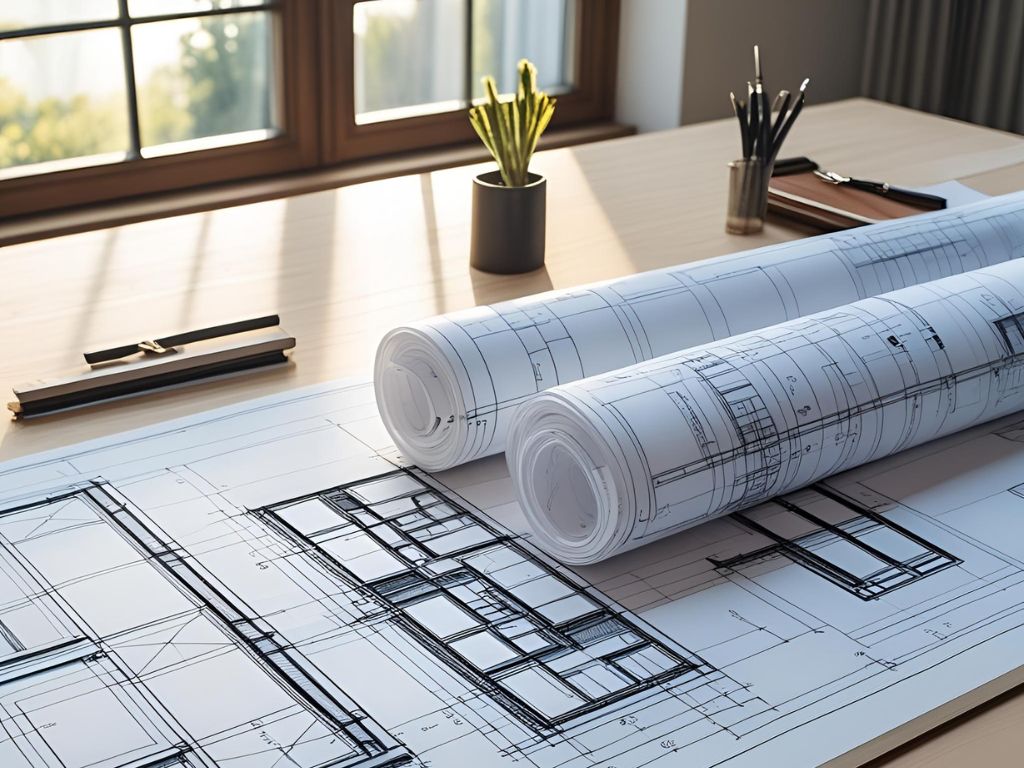

How Thermal Breaks Help Engineers and Builders
At Fabreeka, our team answers a lot of questions about thermal breaks. That’s probably because they are much newer, relatively speaking, than our more traditional vibration isolation products. Both builders and engineers are still getting to know them, and finding the best ways to use them, leading to lots of inquiries about materials, technical requirements, and other details.
Nothing can replace a good one-to-one sales consultation, particularly if you’re trying to figure out which thermal break might be right for your project. But in today’s post we want to break down the advantages of using thermal breaks in large-scale construction.
Below, you can see three different ways they help engineers and builders working in commercial, industrial, and residential construction. Let’s start with the obvious point.
Thermal Breaks Help to Control Heat, Energy, and Condensation
One of the persistent challenges in construction (and one of the reasons we have buildings in the first place) is that heat likes to distribute itself equally. If it’s hot in one place and cooler in another, then the warm air will naturally mix with the cold.
Insulation does a lot to solve this problem, keeping warmer and cooler air inside where it’s needed. However, different materials are needed at connection points within a building. For example, you could have a space or joint where two steel beams meet. It’s easy for heat transfers to take place in those gaps, taking some of the benefit of insulation away.
Although thermal breaks are largely associated with reduced energy costs, with good reason, it’s also worth noting that condensation is affected as well. This is especially important to remember in especially wet or dry climates where moisture regulation can be an ongoing challenge.
Thermal Breaks Make Buildings More Durable
As mentioned, there has been a big shift toward using thermal breaks in construction because of the associated energy savings. When you have less warm or cool air escaping a building, temperatures are easier to regulate, and costs go down.
It’s worth noting, however, that the longevity of the building itself can also be affected. That’s because thermal breaks don’t only protect what’s inside. By controlling temperature and moisture, you can minimize expansion and contraction, not to mention corrosion. In other words, some components of the building or facility itself (particularly wood and glass) might last longer if they are properly protected.
These savings won’t necessarily be apparent in the first few years after a construction project has been finished, but they could make a significant difference on a balance sheet over the course of decades.
Some Areas Require Thermal Breaks in New Construction
We think engineers and builders should always look toward getting the highest-quality thermal breaks because of the first two benefits listed. In some cases, though, they may not have a choice. That’s because thermal breaks are being mandated in more and more areas. They are already required in certain areas of New England and the Midwestern United States, not to mention internationally.
Building codes and ordinances specifying the need for thermal breaks are part of a larger energy-saving trend that’s taking hold around the globe. More governments are thinking about the long term, and with an eye toward reducing carbon. With that in mind, we forecast an even bigger increase in thermal break requirements over the next decade.
While some in the construction field might have initially thought of thermal breaks as an added expense, most now recognize our products as helping to reduce costs over the long run. Combined with the need for regulatory compliance, that makes them an attractive investment from any angle.
Looking for the Right Thermal Break?
You don’t have to be an expert in thermal breaks to make sure you have the perfect component for your plans – that’s what the team at Fabreeka is here for. We are never farther than a phone call or an email away, and with our 100+ years of experience, you can trust that we’ll point you toward a durable and cost-effective solution.
Not only do we offer free one-to-one sales consultations and reviews, but all of our products are designed and manufactured in the USA. That’s why customers trust us more than the competition, especially in heavy-duty use cases where performance and longevity matter. Don’t take a chance on getting the wrong part or missing an important deadline. Contact the Fabreeka sales team today to talk about your plan or project. We will make sure you get the perfect thermal break product for the job.

